Ballistic shields are protection devices deployed by police and military forces that are designed to stop or deflect bullets and other projectiles fired at their carrier. Ballistic shields will also protect from less serious threats such as thrown items, though they are typically used in situations where riot shields would not offer adequate protection. Ballistic shields are exceedingly popular with cops in the US. However, are they also used by forces in other countries?
Ballistic shields are also called tactical shields. They can be made out of materials such as UHMWPE or pre-preg aramid fibers. Depending on the manufacturer, they can come in varying fashion and models. They may have features such as clear armored viewing ports, ambidextrous handles, and spotlights for use at night, and maybe either handheld or mounted on wheel-based frames. They can also vary in size, with some being designed to protect only the upper torso and others designed to protect the whole body. Police forces in different countries have varying ballistic requirements for their ballistic shields and other tactical gears.
This is why most of them are now making more use of ballistic shields in high-risk situations instead of ballistic vests. Many of them also make use of both ballistic shields and ballistic vests. However, unlike a ballistic vest, projectiles successfully stopped by a ballistic shield will not transfer trauma or pain to the bearer, as they are designed to not be in direct contact with the body.
On the other hand, global ballistic market reports show the increased involvement of nations across the major geographies such as North America, Europe, Asia Pacific, Middle East, and Latin America. Detailed market analysis shows the inputs derived from industry professionals across the value chain with a special focus on countries such as Canada, Mexico, U.K., Germany, Spain, France, Italy, China, Brazil, Saudi Arabia, and South Africa.
You can read all the rest of our blog posts here.

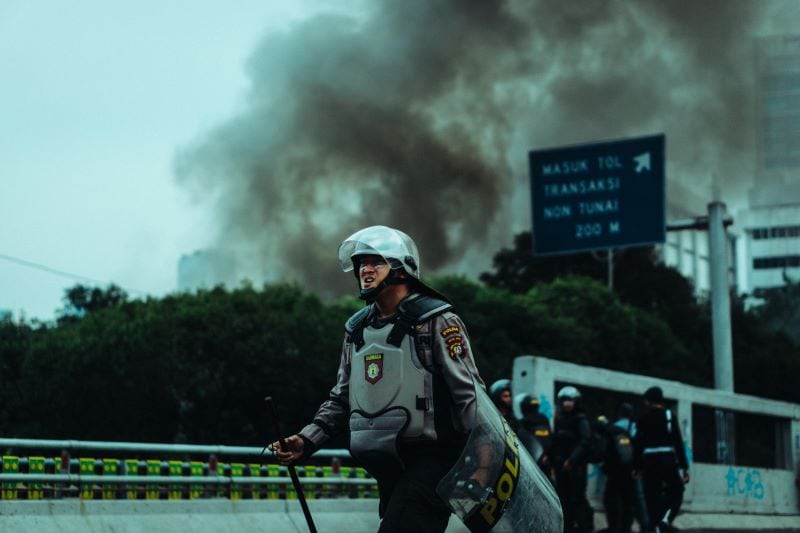
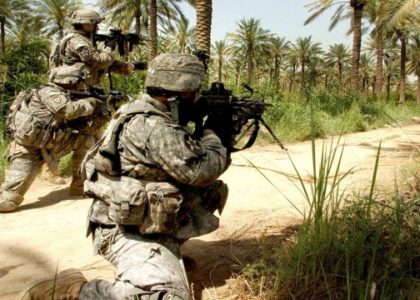
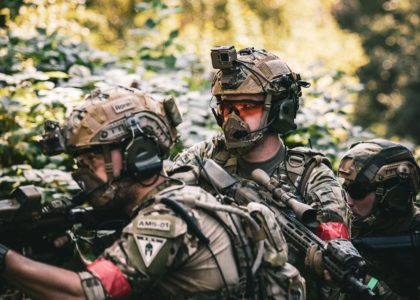
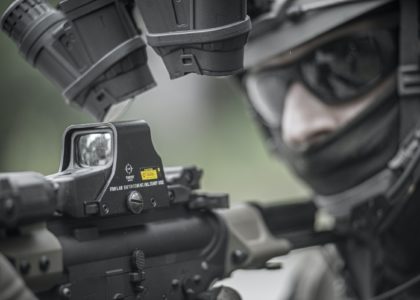
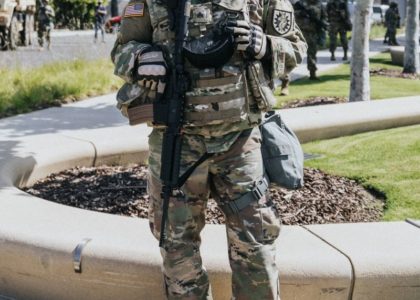
Recent Comments